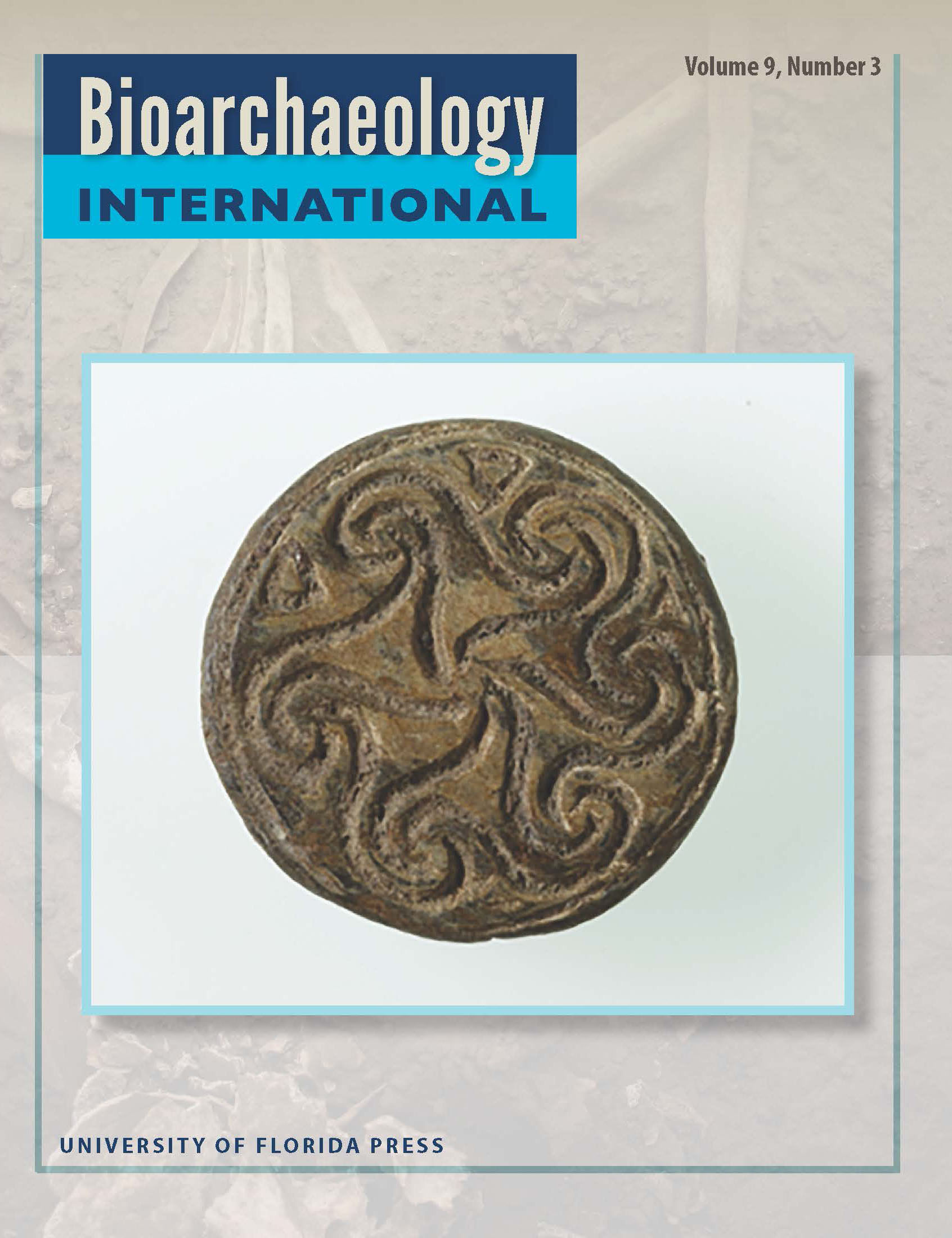Research Articles
Bones at Home
Supporting Haptic Learning and Universal Design beyond the Biological Anthropology Laboratory
127–141
AbstractRemote teaching during the COVID-19 pandemic led to a range of pedagogical challenges for anthropology laboratory courses. In biological...
Accessibility and Educational Standards in Human Osteology through Digital Learning Practices
142–157
AbstractThis article explores the growing use of digital tools in teaching human osteology, highlighting the need for standardized educational practices...
Non-Adult Morbidity and Mortality at Tell Abraq, United Arab Emirates (2197–2036 cal. B.C.)
158–176
AbstractA large number of commingled non-adult human remains were recovered from a Bronze Age tomb (2197–2036 cal. B.C.) at the site of Tell Abraq in...
Accumulating and Negotiating Meaning(s) of Two Egyptian Women
177–198
AbstractLegacy skeletal collections reflect the shifting historical meanings attributed by researchers to these collections and the individuals that...
Correction
199–200
AbstractREFERENCE: Gagnon, Celeste, Bethany L. Turner, Branden Cesare Rizzuto, and Scott E. Burnett. 2025. Foreigner(?) in a foreign land: Multimethod...

